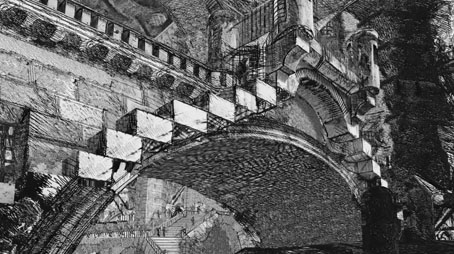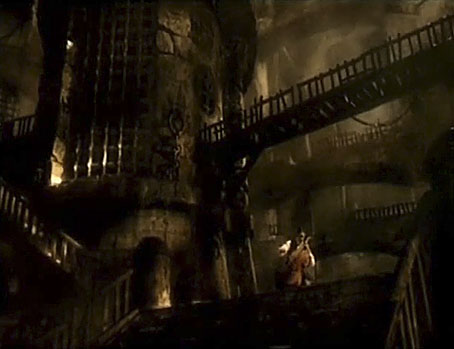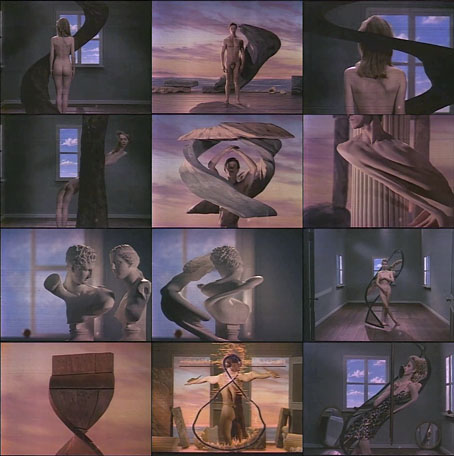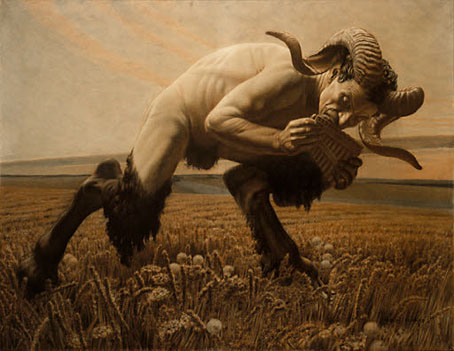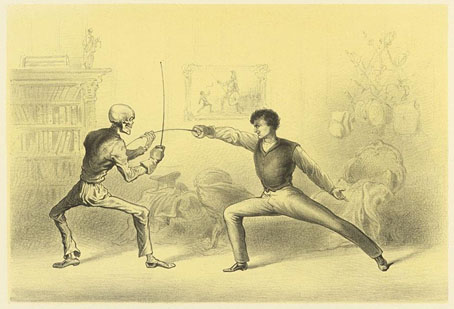Piranesi Carceri d’Invenzione (2010).
When Peacay at BibliOdyssey linked to this short film by Grégoire Dupond I thought it might be one I hadn’t seen before but it turns out I have, and I mentioned the exhibition it was produced for in 2010. No matter, it’s worth drawing attention to again since Monsieur Dupond makes an impressive job of sending a virtual camera through the vast spaces of Piranesi’s Carceri d’invenzione, joining several of the etchings into a series of contiguous chambers.
The Sound of the Carceri (1998).
Dupond’s film uses Bach’s Cello Suite #2 as a musical accompaniment. As noted earlier that choice probably came from Yo-Yo Ma’s Inspired by Bach (1998) in which Bach’s six solo cello suites are performed in different settings. Suite #2 was The Sound of the Carceri directed by François Girard which places the cellist inside a CGI rending of one of Piranesi’s Careri etchings. YouTube has a copy here.
Elsewhere on { feuilleton }
• The etching and engraving archive
Previously on { feuilleton }
• Carceri, thermae and candelabra
• La Tour by Schuiten & Peeters
• Set in Stone
• Piranesi as designer
• Vedute di Roma
• Aldous Huxley on Piranesi’s Prisons

